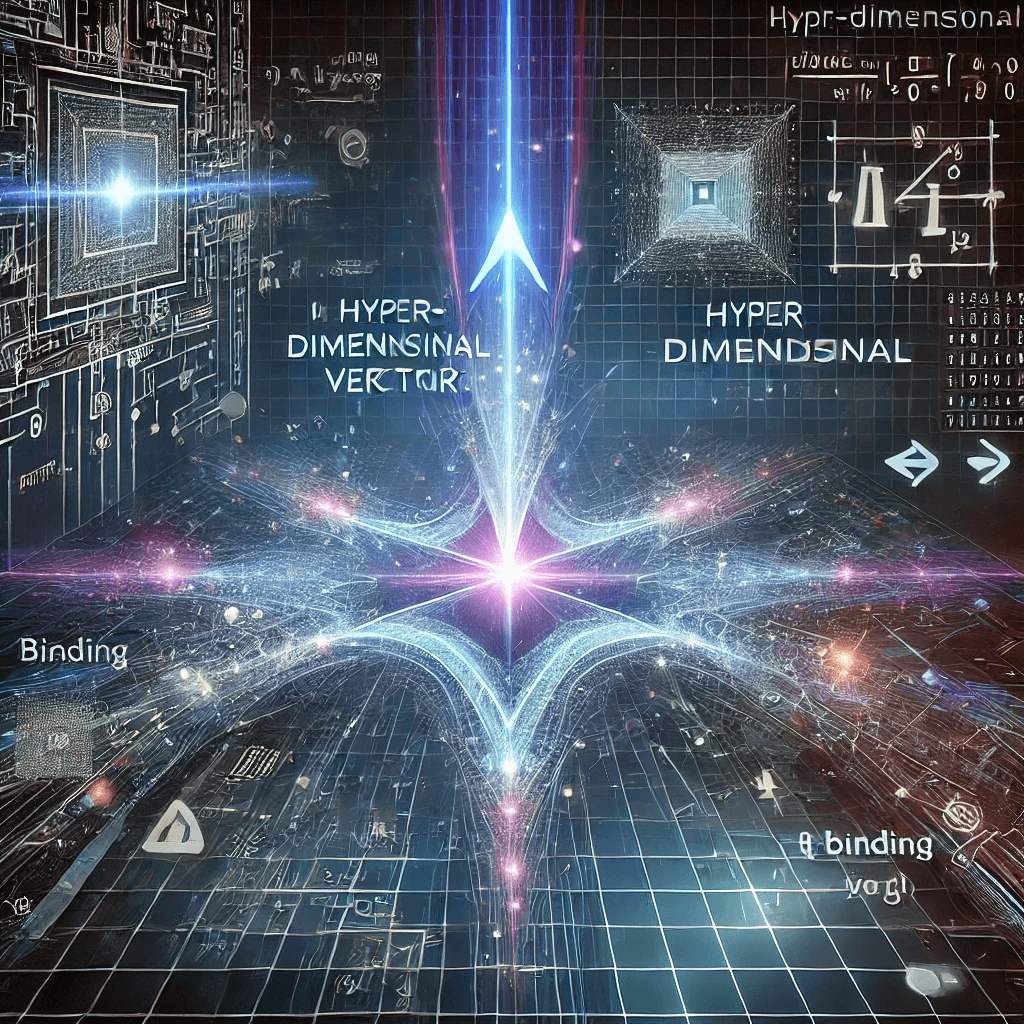What is a Hypervector?
Hypervectors are the foundation of Hyperdimensional Computing (HDC), representing data in ultra-high-dimensional spaces. They enable robust, efficient, and brain-like computation, making them a powerful tool for AI, machine learning, and neuromorphic computing. This article explores the nature of hypervectors, their properties, and how they are used in HDC.

What is a Hypervector?
Hypervectors are high-dimensional mathematical representations that encode information using thousands of dimensions. Unlike traditional scalar or vector representations in AI, hypervectors leverage distributed, robust, and efficient encoding , making them ideal for cognitive computing, reasoning, and memory-like processing .
Inspired by the way the brain processes information, hypervectors are used in Hyperdimensional Computing (HDC) to perform operations such as binding, bundling, and similarity search —enabling machines to process data in a way that mimics human cognition.
Why Are Hypervectors Useful?
Hypervectors offer several advantages over traditional numerical representations:
- Ultra-High Dimensionality – Hypervectors typically have 10,000+ dimensions , allowing for rich and expressive data encoding.
- Robustness & Noise Resistance – Due to their distributed nature, hypervectors can handle errors, noise, and incomplete data more efficiently than standard AI models.
- Efficient Computation – Operations on hypervectors involve lightweight algebra , making them well-suited for parallel and energy-efficient processing .
- One-Shot Learning – Unlike deep learning, which requires extensive training, hypervectors can store and recall patterns instantly .
- Biologically Inspired – The brain processes information in a high-dimensional associative memory-like fashion , making hypervectors a natural fit for neuromorphic AI.
These properties make hypervectors essential for AI applications, pattern recognition, and real-time learning systems .
How Do Hypervectors Work?
Hypervectors encode information using three key operations :
- Binding (⊗) – Combines two hypervectors into a new, unique hypervector while preserving relationships.
- Bundling (+) – Aggregates multiple hypervectors into a single, memory-like representation.
- Similarity Search – Compares hypervectors using cosine similarity or Hamming distance to determine relationships.
For example, in an AI-driven language model , words and concepts can be represented as hypervectors. By binding a word with its meaning and bundling words together into phrases , the system can process natural language in a structured, cognitive manner .
Applications of Hypervectors
Hypervectors are driving innovation in several fields:
🧠 Brain-Inspired AI
HDC leverages hypervectors for associative memory , enabling AI to store and retrieve information efficiently.
🚀 Neuromorphic Computing
Low-power AI chips use hypervectors for real-time, energy-efficient processing , mimicking the brain’s synaptic behavior.
📊 Similarity Search & Information Retrieval
Search engines and recommendation systems use hypervectors to compare and rank results efficiently .
⚡ Cognitive Robotics
Robots equipped with hyperdimensional representations can recognize objects, infer intent, and adapt to new environments with minimal retraining.
Conclusion
Hypervectors are the building blocks of Hyperdimensional Computing (HDC) , offering a powerful alternative to traditional AI architectures . With their ability to encode complex, distributed information while remaining robust and computationally efficient , hypervectors are shaping the next wave of AI, machine learning, and cognitive computing .
🚀 Stay tuned as we explore more about how hypervectors are transforming the world of AI!
